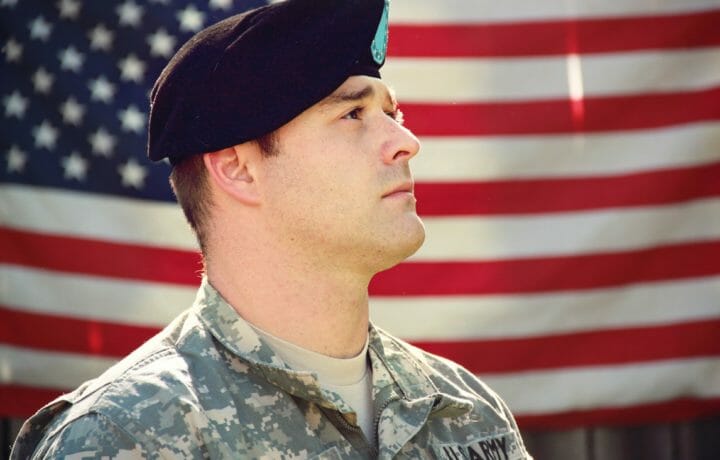Dating back to 2001, the post 9/11 veteran population has continually proven themselves as not only leaders, but also valuable assets to industries, workplaces, and in their communities. Typically, veterans have better work ethics, higher levels of responsibility, and more professional expertise than their non-veteran brethren that have never served. However, until recently, veterans have been largely overlooked to help fill the ever-expanding skills gap in America, especially in fields of STEM (Science, Technology, Engineering and Mathematics) – even though they are a natural fit in these career fields. Yet with all veterans have to offer, they remain a vulnerable population to unemployment – especially in the long-term.
STEM Career Act
In February 2020, President Trump signed into law the Supporting Veterans in STEM Careers Act, aka the STEM Career Act, with the intent to increase the number of veterans eligible for STEM jobs. Recently the House Armed Services Committee took it a step farther by proposing legislation that would create a “Stem Corps” partnership with the defense industry to further expand the options of filling open positions with qualified veterans.
Post 9/11 GI Bill
As noted above, veterans still must qualify by meeting minimum eligibility requirements of a job, which in most STEM fields requires a college degree. Veterans can use their Post 9/11 GI Bill to either get a degree or to get an advanced degree. And STEM students using their Post 9/11 GI Bill, and meeting certain conditions, can get up to an extra year of education benefits beyond the standard 36 months by using the Edith Nourse Rogers STEM Scholarship. And for STEM jobs requiring a security clearance (of which many do), veterans have the advantage here also. Many either still have an active clearance or can more easily get their expired clearance reinvestigated and reinstated, thus enabling them to not only fill a job sooner, but also at less expense to the company.
Why veterans are a good choice
According to the Department of Defense (DOD), approximately 200,000 veterans leave military service each year. Veterans transitioning out of the military leave with varying levels of experience (often acquired under austere conditions including combat) in such areas as planning, operations and leadership. As a result, they have honed to a fine point a meticulous thought process that required them to react to challenging sets of problems by first analyzing the issue, narrowing down the courses of action and selecting the one that would be the most successful and have the most impact on the outcome, yet minimize the risks to their troops; the wrong decision gets troops killed.
This same thoughtful problem-solving process can be used in many of the jobs within the STEM field. As a result of the coronavirus pandemic, the STEM field of health sciences is one field that is growing.
According to Dr. Thomas Scandalis, Dean of Pacific Northwest University of Health Sciences, he thinks veterans are a natural fit for health science programs as “they already have discipline, commitment, and resiliency — qualities medical students need to be successful. We always have students that struggle, but it usually isn’t those with a military background. Veterans have that strength and perseverance. They are already leaders, the best and the brightest”.
And he went on to say that because of their strengths and military background, veterans are particularly suited to work in rural, inner city and other medically underserved areas in the U.S. All fields within STEM are growing and employment opportunities abound for veterans that are prepared to meet the challenge. Get into a STEM program today so you will be ready to serve your Nation (again) tomorrow!



